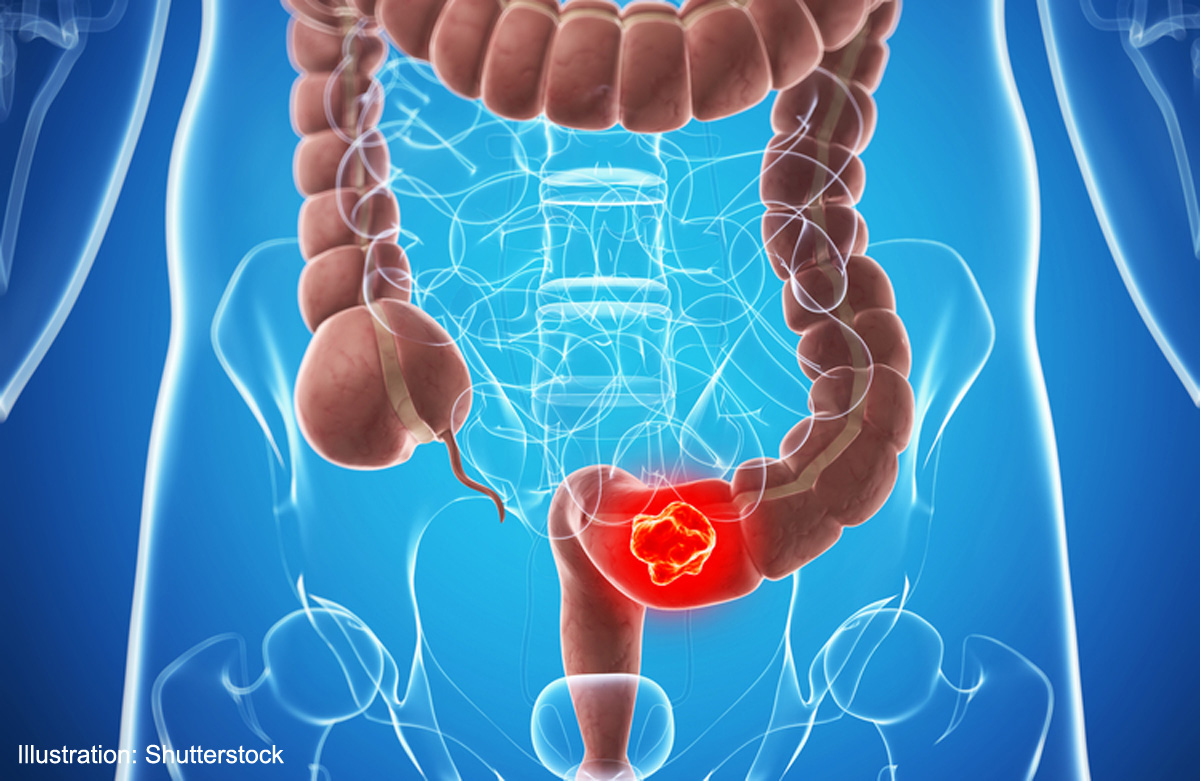Living with cancer: An ST series
Every day, five people here are diagnosed with colorectal cancer and two die of it. These numbers are far too high, say experts, since this is one of the most preventable cancers.
But not enough people here are using the available screening tools to detect the cancer in the early stages, or better yet, catch the problem before it becomes cancer.
Generally, colorectal cancer develops from polyps that grow on the inside walls of the large intestines and the rectum. If the polyps are discovered early and removed, they are not allowed to become cancerous.
It usually takes more than a decade for a polyp to become a tumour, so there is a large window of time for it to be dealt with.
In the US, where 60 per cent of people aged 50 and older have colonoscopy screening, the incidence of this cancer has fallen by 30 per cent over the past decade. It is now the fourth most common cancer there.
In Singapore, it remains the top cancer, although the rise in cases appears to have plateaued since 2000.
Singapore is ranked 16th by the World Cancer Research Fund in terms of the incidence of this cancer. It is higher in countries like South Korea and Australia, but lower in Japan and the United States.
Doctors advise a test every year to detect any blood in stools that could signal the cancer and a colonoscopy every decade from the age of 50, when the incidence of this cancer starts to climb.
The procedure, in which a tiny camera is inserted through the anus into the intestines to check for polyps and cancerous cells, costs about $1,200 to $2,000. Subsidised patients pay about $300 to $500. Depending on the complexity, between $1,250 and $1,850 for this test can be paid for with Medisave.
Overall, however, the rates of surviving colorectal cancer have improved vastly over the years.
The prognosis is especially good for those whose tumours are discovered in the early stages, before they have broken through the walls of the intestines.
Dr Ho Kok Sun, a colorectal surgeon at Mount Elizabeth Medical Centre, said the standard treatment is surgery if the cancer is still within the colon.
This is classified as stages one and two. Patients at this stage have a very high chance of surviving beyond five years, the holy grail for cancer survival.
But once it has spread through the four layers of the colon wall, the odds of survival plummet. Said Dr Ho: “Once it’s spread through the wall, as the intestines move, the cancer cells are like rice grains dropping off the surface. That’s one of the worst types of spread.”
When that happens, the loosened cancer cells can attach themselves to a host of organs and tissues nearby.
The cancer can also spread from the lymph nodes into the blood stream and the rest of the body, with the liver typically being the first target.
Dr Chee Cheng Ean, a consultant in haematology-oncology at the National University Hospital, said the actual stage of the cancer sometimes cannot be determined until after surgery, when the nearby lymph nodes are removed and checked. At least 12 nearby nodes need to be removed to check if they have the cancer.
At stages three to four, the cancer has spread to the lymph nodes or broken through the intestinal wall. Patients in those stages would need chemotherapy to reduce the risk of recurrence – 50 per cent in stage three without chemotherapy – to 40 per cent.
“The actual benefit is 10 percentage points, which is enough to justify chemotherapy,” she said, since it means that out of 10 patients doing chemotherapy, the cancer would not recur in one additional patient.
Doctors are divided on the benefits of chemotherapy for stage two cancer, where the cancer has breached the colon wall but has not affected the lymph nodes. As the risk of recurrence is lower, so too are the benefits of chemotherapy.
Both Dr Ho and Dr Chee say Singapore offers “state-of-the-art” treatment for colorectal cancer, including targeted therapy that works best with certain types of colorectal cancer.
As a result, deaths have fallen, even though more people are getting the cancer. Between the five-year periods of 2005-2009 and 2010-2014, the five-year survival rate went up from 46 per cent to 51 per cent for men, and from 51 per cent to 53 per cent for women.
Even patients with stage four cancer, in which it has spread to other parts of the body, are living longer than they did before.
Said Dr Ho: “For stage four cancer 20 years ago, when people asked how long they had, the answer would be six weeks to six months. “Now, we have patients on long-term chemotherapy. We can control, but not cure, it.”
The effect of this treatment varies, he said. For some, quality of life is “lousy” for a few days after treatment, then fine for the next few weeks, and the whole cycle then repeats with the next treatment. This can go on for years. Others say it is so bad, they would rather die.
salma@sph.com.sg
facebook.com/ST.Salma

This article was first published on November 9, 2016.
Get a copy of The Straits Times or go to straitstimes.com for more stories.









































